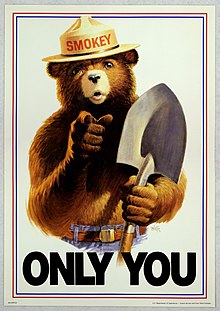An advertising[2] campaign, the primary focus of this text, is a tactical endeavor put forth by a company to market its goods or services through various media outlets. It consists of a synchronized sequence of marketing communication endeavors that encompass the incorporation of marketing communication techniques, selection of media platforms, and determination of the target audience and product placement. Both conventional and novel media channels are utilized in an advertising campaign to connect with the intended consumer. This procedure entails meticulously identifying the target market demographic and crafting a distinctive brand persona to engage the desired audience. Innovative campaigns frequently employ unconventional tactics like guerrilla marketing[1] and leverage sensory triggers to establish a lasting impression on consumers. The ultimate objective of an advertising campaign is to boost customer[3] contentment, distinguish the product in the marketplace, and construct a unique brand identity.
An advertising campaign is a series of advertisement messages that share a single idea and theme which make up an integrated marketing communication (IMC). An IMC is a platform in which a group of people can group their ideas, beliefs, and concepts into one large media base. Advertising campaigns utilize diverse media channels over a particular time frame and target identified audiences.

The campaign theme is the central message that will be received in the promotional activities and is the prime focus of the advertising campaign, as it sets the motif for the series of individual advertisements and other marketing communications that will be used. The campaign themes are usually produced with the objective of being used for a significant period but many of them are temporal due to factors like being not effective or market conditions, competition and marketing mix.
Advertising campaigns are built to accomplish a particular objective or a set of objectives. Such objectives usually include establishing a brand, raising brand awareness, aggrandizing the rate of conversions/sales. The rate of success or failure in accomplishing these goals is reckoned via effectiveness measures. There are 5 key points at which an advertising campaign must consider to ensure an effective campaign. These points are, integrated marketing communications, media channels, positioning, the communications process diagram and touch points.
